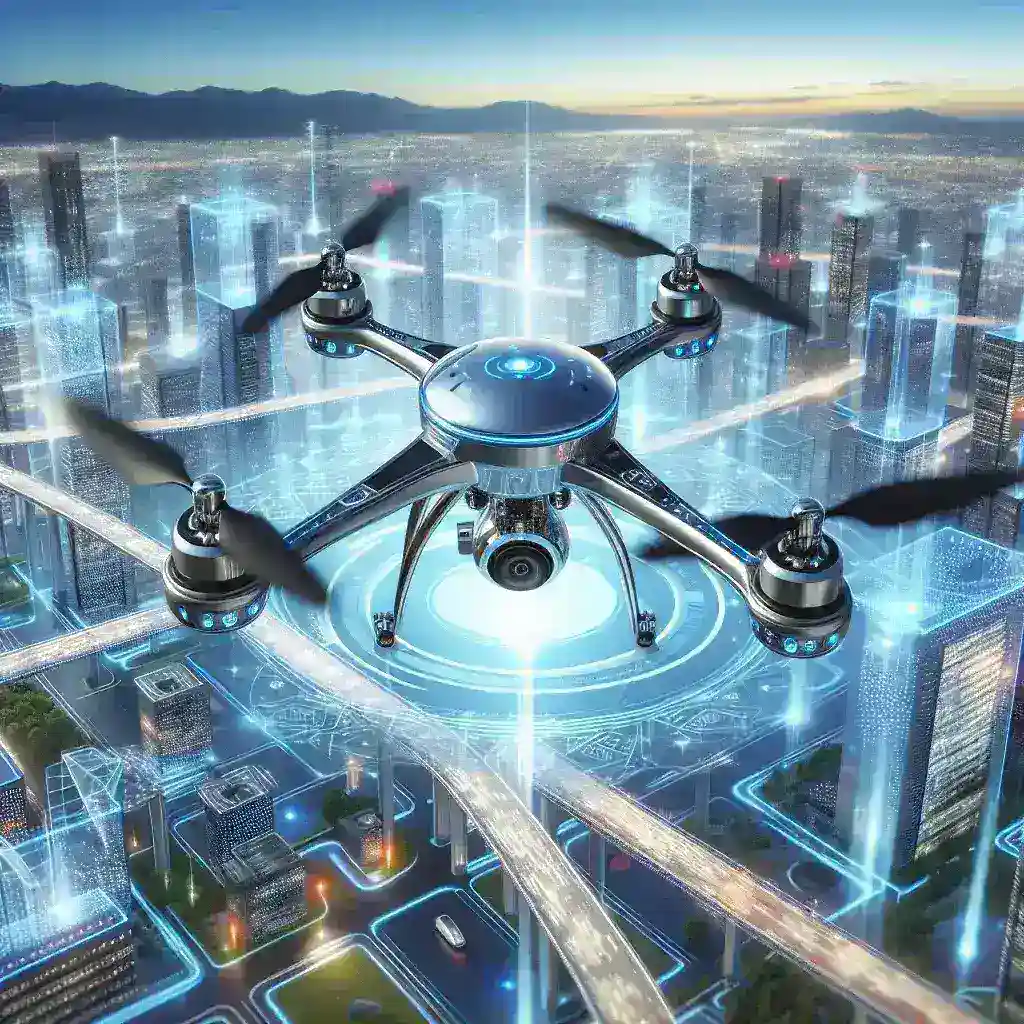The Evolution of Drone Technology
Drones, also known as Unmanned Aerial Vehicles (UAVs), have come a long way since their inception. Once a niche gadget primarily used by the military, drones are now commonplace in a variety of industries. This transformation is largely due to rapid technological advancements that have expanded their functionality and accessibility.
Key Innovations in Drone Technology
The pace of innovation in drone technology is astonishing. Here are some of the groundbreaking advancements that are reshaping the landscape:
1. Enhanced Battery Life
One of the critical limitations of early drones was their short battery life. Recent innovations in battery technology, particularly in lithium-polymer (Li-Po) batteries, have resulted in significantly extended flight times. These advancements not only allow drones to cover larger areas but also make them more practical for commercial applications like surveying and mapping.
2. Autonomous Flight Capabilities
Autonomous flight has moved from science fiction to reality, thanks to sophisticated algorithms and Artificial Intelligence (AI). Modern drones can now autonomously navigate complex environments, detect obstacles, and even return to their base station without human intervention. These capabilities are particularly beneficial for applications such as disaster relief and search-and-rescue missions.
3. Advanced Sensors and Imaging
Equipped with high-resolution cameras, thermal imaging, and LiDAR sensors, today’s drones can capture detailed images and real-time data. These features are invaluable in industries like agriculture, where drones monitor crop health, and construction, where they assess structural integrity.
4. Improved Payload Capacity
Early drones were limited by their payload capacity, restricting their usage to lightweight cameras and sensors. Innovations in design and materials have improved the payload capabilities, enabling drones to carry heavier equipment. This advancement has broadened the scope of applications to include package delivery, medical supply transport, and even firefighting.
5. Swarm Technology
Swarm technology is an exciting area of drone innovation. By mimicking the behavior of natural swarms, multiple drones can work together to accomplish complex tasks more efficiently. This technology has potential applications in areas such as military operations, disaster management, and large-scale environmental monitoring.
Industries Benefiting from Drone Innovations
The advancements in drone technology are not confined to a single industry. Here’s how various sectors are leveraging these innovations:
Agriculture
Drones are revolutionizing agriculture by providing farmers with detailed aerial views of their fields. They help in monitoring crop health, detecting pests, and even in precise pesticide application. This data-driven approach not only increases yield but also reduces costs.
Construction
In construction, drones are used for site surveys, progress monitoring, and safety inspections. They provide real-time data that helps in making informed decisions, thereby speeding up project timelines and reducing risks.
Entertainment
The entertainment industry is also capitalizing on drone technology. Drones are used for aerial photography and videography, offering unique perspectives that were previously impossible. They are also being used in live performances, creating stunning visual effects.
Healthcare
In remote areas, drones are being used to deliver medical supplies, including vaccines and blood samples, where traditional transport methods are impractical. This capability is critical in emergencies and disaster-stricken areas.
The Future of Drone Technology
As drone technology continues to evolve, the possibilities seem endless. Future advancements are expected to focus on increasing autonomy, enhancing safety features, and improving data analytics capabilities. Innovations like hydrogen fuel cells could significantly extend flight times, and further advancements in AI could make drones even more autonomous.
In summary, innovations in drone technology are transforming the way we live and work. From agriculture to healthcare, these advancements offer solutions to some of the world’s most pressing challenges. As we look to the future, it’s clear that the sky is not the limit but just the beginning.

